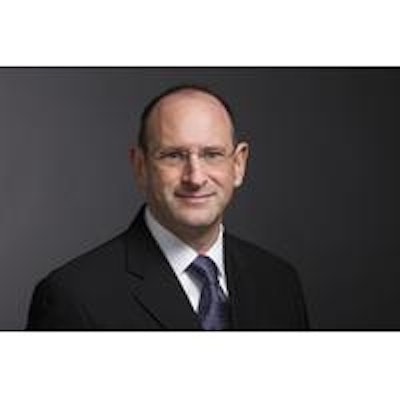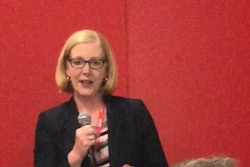
Those fed specs were inspired by a Vermont law, and though they aren’t yet final, it’s already clear that they won’t match that state’s requirements.
In May, the U.S. Department of Agriculture published its proposed regulations to implement a 2016 law to set up a standard for how foods that are, or contain, bioengineered foods would disclose that fact.
The law requires foods to “bear a disclosure indicating that the food is bioengineered or may be bioengineered.” This isn’t a safety issue, but one that some consumers are interested in nevertheless.
That 2016 law called for a National Bioengineered Food Disclosure Standard to “provide uniform information to consumers,” said USDA, and the agency says it also tried to “minimize implementation and compliance costs for the food industry.”
The public and many in industry have commonly referred to such foods as “genetically modified,” “genetically engineered,” or “GMO,” but USDA went with the term suggested by Congress, “bioengineered,” saying that it “adequately describes food products of the technology that Congress intended to be within the scope” of the law.
USDA proposes that its new disclosure requirement would apply to “food” regulated by the U.S. Food and Drug Administration as well as meat, poultry, and eggs regulated by the USDA.
Packaging companies, take note: USDA’s proposed definition of “food” that would need to be labeled as bioengineered does not include food contact materials. USDA made clear that FDA-defined “incidental additives,” which include substances migrating into food from food contact materials such as packaging (and under a longstanding regulation are not required to be listed on food labels), are not within the scope of the meaning of “food” for purposes of these new requirements.
The actual label disclosures that USDA proposes give food packagers some flexibility. There are three disclosure options for foods subject to mandatory disclosure, with even more options available for small food manufacturers, and alternative options for foods in small and very small packages.
One option is text disclosure, such as by adding “Bioengineered food” or “Contains a bioengineered food ingredient” to the label for high adoption bioengineered foods and “Bioengineered food,” “May be bioengineered food,” “Contains a bioengineered food ingredient,” or “May contain a bioengineered food ingredient” for non-high adoption bioengineered foods. Adoption refers to the extent to which the bioengineered version of the food is used in commerce.
A second option is disclosure via a symbol, and USDA has proposed and requested comments on three alternative types of symbols.
The third proposed option is electronic or digital link to a product information page, accompanied by a statement such as: “Scan anywhere on package for more food information” or “Scan icon for more food information.” This option also calls for display of a phone number with the statement “Call for more food information.”
A final proposed option is a text message where the label would bear the statement “Text [number] for more food information.”
All disclosures will have to be prominent, conspicuous, and likely to be read and understood by the consumer under ordinary shopping conditions. Proposed alternatives are offered for placement.
As for which foods will need the disclosure, the law itself defined “bioengineered” food as one ‘‘(A) that contains genetic material that has been modified through in vitro recombinant deoxyribonucleic acid (DNA) techniques; and (B) for which the modification could not otherwise be obtained through conventional breeding or found in nature.’’
At least one important aspect of the proposed program does indeed appear designed to make life easier for food companies. USDA proposes to actually list for food makers the foods for which the disclosure requirement would apply. It proposes to list foods for which commercially available bioengineering has been “highly adopted” and others for which it’s not highly adopted. The disclosure would be triggered if a food is on one or the other list or contains a listed food.
The agency’s proposed list of highly adopted commercially available bioengineered foods contains canola, field corn, cotton, soybeans, and sugar beets. The proposed list of not highly adopted commercially available bioengineered foods contains non-browning apples, sweet corn, papaya, potatoes, and summer squashes.
Surprisingly, USDA’s proposal offered alternative approaches to some issues and asked for the public to mull over the choices. It will be interesting to see how various parties react to each alternative offered. The comment period ended on July 3, 2018.
This whole public debate over whether and how to label these foods could correctly be said to have begun in Vermont. The federal law was passed in the wake of, and preempted, a Vermont law that would have called for different GMO food label disclosures.
Back when the federal law became effective, we knew the outlines of what USDA was instructed to do but had to wait for the details. Now we have the proposed details, or options for some of them, and have a better idea of what’s likely to come next. But the saga continues.
Eric Greenberg can be reached at [email protected], or visit his firm’s website at www.ericfgreenbergpc.com.
Hear Eric Greenberg’s podcast of this month’s column at pwgo.to/3604.
INFORMATIONAL ONLY, NOT LEGAL ADVICE


















